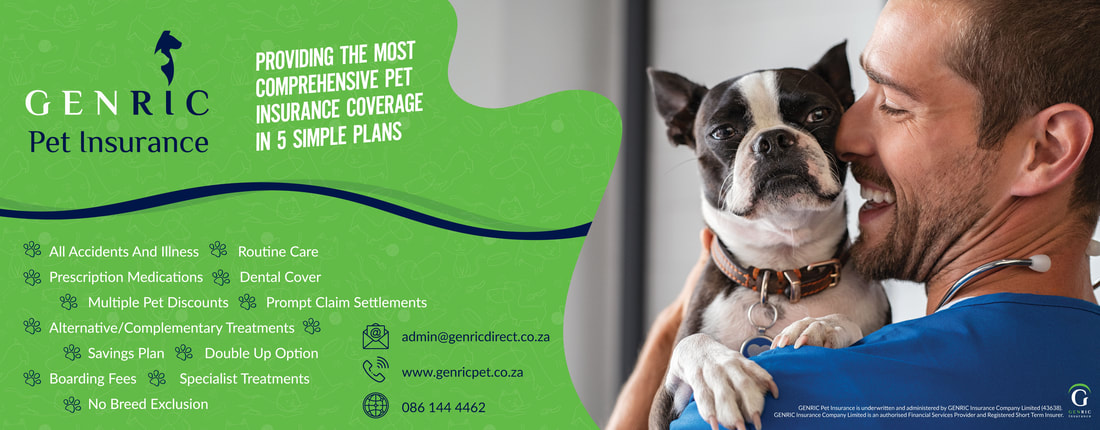Ouch!! Your furry friend’s cut its paw! What do you do?
Keef Whiteman - BA (English, Psychology), Canine Behaviourist student at FOTD

In Hawaiian you don’t call yourself your pets’ owner. You are their ‘Kahu’. The term has many meanings, among them ‘guardian’, ‘protector’, ‘steward’, and ‘beloved defender’.
Someone entrusted with the safekeeping of something precious….
Knowing how to deal with emergencies can be the difference between a quick recovery or a serious and possibly even life-threatening circumstance, for your furry friend.
Being ready to handle these oftentimes unexpected situations is an essential skill for every dog owner or should we say Kahu!
Paw pads are tough, and act like a pair of running shoes, cushioning your dog’s feet, and absorbing impact with each step taken. Paws can be cut by sharp objects or worn off if your dog runs hard on rough surfaces.
As such get into the habit of always carrying a moon bag (or similar) on your walks, containing a cloth or bandage to bind or stop bleeding and some antibiotic ointment like Panalog which is formulated specifically for dogs.
What to do
Calmy assess the situation:
- Maintain your composure while assessing the seriousness of the situation.
- Your safety is important so approach your dog carefully with no sudden movements.
- Minor paw injuries can be managed at home, but more severe ones require veterinary attention.
Clean the wound
- Clean the wound with a mild antiseptic solution.
- If there is obvious debris, such as rocks or glass, remove it carefully.
- Don’t force anything that is lodged deep into the foot.
Apply Pressure
- If only the outer layer of the pad has been worn off, there may not be much bleeding, but deeper wounds and punctures can bleed heavily.
- Applying pressure stops excessive bleeding.
- The time needed for bleeding to stop will depend on the severity of the cut.
- If your dog’s foot continues to bleed after several minutes of pressure, call your veterinarian and head for the clinic.
Bandage
Time Heals All Wounds
Consider this
- Place nonstick gauze over the cut.
- If available dab some antibiotic ointment on the wound to prevent infection (secure with paper tape).
- Then wrap your dog’s foot using roll gauze, or an elastic bandage.
- The bandage should be snug enough to stay on, but also needs to be loose enough to allow for proper circulation to your dog’s foot as such you should be able to slide two fingers under the bandage.
- To prevent the bandage from slipping off, wrap all the way up to and including the next joint on your dog’s leg: carpus or wrist in front, hock in back.
- You can also place more tape around the top of the bandage.
- For minor scrapes that look like a rug burn, a liquid bandage can be used to cover the exposed nerve endings without needing a full traditional bandage.
- Keep the foot elevated while the liquid bandage dries, and don’t let your dog lick it.
Time Heals All Wounds
- Your dog’s cut paw pad will heal faster if it’s protected during the healing process.
- Keep your dog quiet and prevent it from running or chewing on the bandage,
- Even after your dog’s pad has healed to the point where it isn’t painful to touch, it will still be tender and vulnerable. Avoid activities that could cause re-injury and if necessary, use a bootie to protect the foot.
Consider this
- Your dog may need to be sedated for sufficient cleaning of the wound if there is persistent debris, such as little bits of gravel.
- If anything is firmly lodged in the foot, it will need to be surgically removed.
- Jagged or deep cuts may require sutures for optimal healing.
- Your dog may also need antibiotics to protect against infection.





